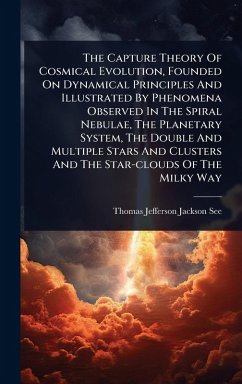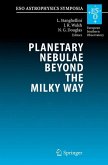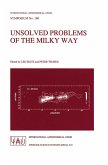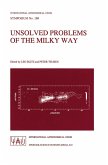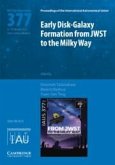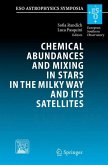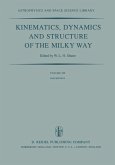"The Capture Theory Of Cosmical Evolution" presents Thomas Jefferson Jackson See's comprehensive exploration of the universe's development, grounded in dynamical principles and observational evidence. This meticulously researched work delves into the formation and evolution of celestial bodies, drawing insights from spiral nebulae, our planetary system, double and multiple stars, star clusters, and the Milky Way's star-clouds. See's detailed analysis offers a unique perspective on the cosmos, challenging conventional theories of his time. By integrating rigorous scientific methodologies with extensive astronomical observations, this book provides a foundational understanding of the forces shaping the universe. It remains a valuable resource for students, researchers, and anyone fascinated by the intricacies of space and the processes governing its evolution. This work has been selected by scholars as being culturally important, and is part of the knowledge base of civilization as we know it. This work was reproduced from the original artifact, and remains as true to the original work as possible. Therefore, you will see the original copyright references, library stamps (as most of these works have been housed in our most important libraries around the world), and other notations in the work. This work is in the public domain in the United States of America, and possibly other nations. Within the United States, you may freely copy and distribute this work, as no entity (individual or corporate) has a copyright on the body of the work. As a reproduction of a historical artifact, this work may contain missing or blurred pages, poor pictures, errant marks, etc. Scholars believe, and we concur, that this work is important enough to be preserved, reproduced, and made generally available to the public. We appreciate your support of the preservation process, and thank you for being an important part of keeping this knowledge alive and relevant.
Bitte wählen Sie Ihr Anliegen aus.
Rechnungen
Retourenschein anfordern
Bestellstatus
Storno

